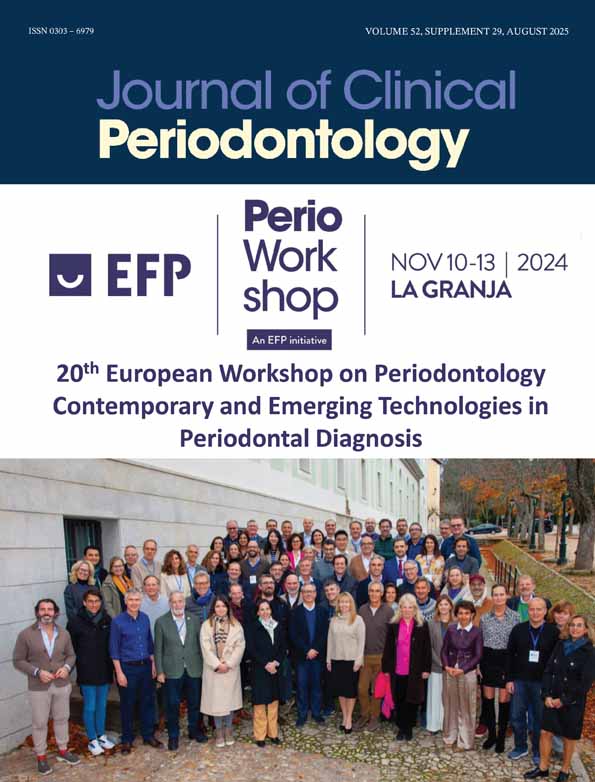The prevalence of overhanging margins in posterior amalgam restorations and periodontal consequences
Abstract
Abstract The purpose of this study was to determine the prevalence of overhanging margins and associated periodontal status in 100 patients who had received completed treatment by final year dental students. Pockets, bleeding on probing and clinically detectable overhanging margins were recorded on all posterior teeth. Overhanging margins on approximal restorations were detected by use of bitewing radiographs. 1319 teeth were examined in which 2117 restored surfaces were evaluated. Of these, 1186 (56%) had overhanging margins. 62% of all approximal restorations had overhanging margins while 35% of buccal and 40% of lingual restorations had overhanging margins. 59% of new approximal restorations placed in previously unrestored surfaces had overhanging margins, and 595 overhanging margins identified on pre-treatment radiographs were still present on post-treatment radiographs. 64.3% of pockets adjacent to overhanging margins were >3 mm, compared with 23.1% of pockets adjacent to unrestored surfaces and 49.2% of pockets adjacent to restorations without overhanging margins. A similar association existed between restorative status and bleeding. 32% of pockets adjacent to overhanging margins bled on probing compared with 10.5% of pockets adjacent to unrestored surfaces and 21.6% of pockets adjacent to restorations without overhanging margins. Periodontal disease was more severe when overhangs were present. However, when approximal overhanging margins were adjacent to an edentulous space, the periodontal effects were lessened. When adjacent to neighbouring teeth, overhanging margins also significantly affected the periodontal status of those teeth.




